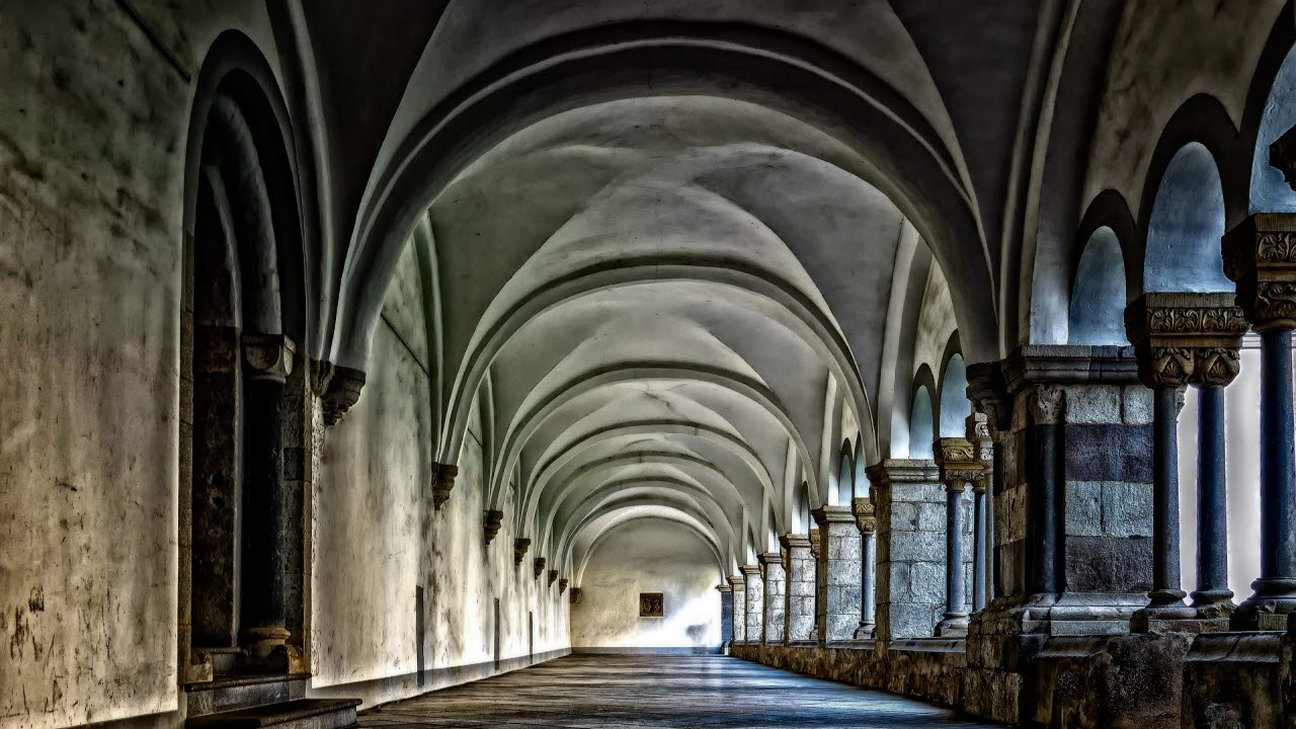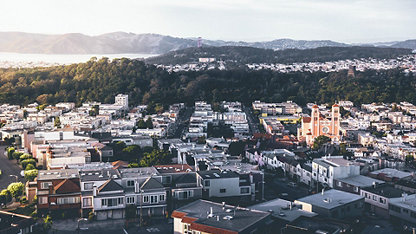During the 19th century, many attempts were made to tackle the problems caused by industrialization and rapid urban growth, especially the living conditions in the places of the poor. Towards the end of the century these efforts coalesced into socialist and reform movements that received boosts from two popular speculations about utopian places. Edward Bellamy’s Looking Backward: 2000-1887, and William Morris’s New from Nowhere both depicted a world in which pollution and social injustices had been resolved. They appear to have informed a remarkable proposal in 1898 by Ebenezer Howard for the development of garden cities: places that would offer an alternative to industrial cities.
Howard’s proposal was remarkable insofar as it did not prioritise street patterns, which had been the focus of city planning from ancient Greece to the Age of Reason. Instead, he sought to create places that could address people’s everyday needs in a way that was both economically viable and equitable. The innovative strength of his proposal attracted immediate and widespread attention. Within five years of its publication, a company had been formed and land acquired to create a prototype garden city at Letchworth in England. Garden cities and new towns, following Howard’s lines, were subsequently constructed across the world. More significantly, the garden city has become an essential facet of contemporary urban planning.
Whether by chance or because of some ineffable spirit of the time, garden cities are only one of several innovations and inventions of the early 20th century that have had lasting ramifications for places. Rutherford’s ideas about nuclear physics and Einstein’s work on relativity led to the development of atomic weapons, and the constant threat that they pose to all places. The abstract art of Picasso, Braque and others redefined aesthetic standards. Ford’s mass-production of automobiles led, in due course, to car friendly urban development. Marconi’s wireless transmission across the Atlantic and the Wright brothers’ first controlled flight continued the shrinking of distance and interconnection of places that had begun with the telegraph and railways. And finally, there was the conception by Adolf Loos and other European architects of a modernist, undecorated way of building. This mode deliberately turned away from the past and looked to the future.
“Whether by chance or because of some ineffable spirit of the time, several innovations and inventions of the early 20th century have had lasting ramifications for places.”
Though this remarkable burst of innovative thinking was interrupted by the First World War, by the 1920s and ‘30s, it had been further reinforced. Designers and architects at the Bauhaus and the architect Le Corbusier developed modernist designs for almost everything – dishes, chairs and light fixtures, as well as houses and apartments. The designs were efficient, progressive and, ideally, could be mass-produced.
In Le Corbusier’s case, the ambition extended to entire cities; in 1930, he proposed an entirely new type of urban place. His unrealised “Radiant City” plan consisted of 60 storey cruciform skyscrapers that would serve to free up street level for open spaces and highways.
This school of architecture and design used modern materials such as glass, steel and concrete. It took advantage of the clean energy of electricity and preferred plain, unornamented surfaces. It was called the International Style and, as the name implies, it was considered equally appropriate everywhere.
As architects and others developed their modernist, international approaches between the two world wars, city officials found ways to adapt cities to social and technological changes. Zoning was introduced as a means of separating undesirable uses, such as abattoirs and office skyscrapers, from residential areas. It quickly became a means for the segregation of most land uses: low density residential here; high density there, retail and industrial elsewhere. Its effect was to dismantle places into component parts.
The History and Future of Places series
To deal with the rapid increase in the use of motor vehicles, signs and signals were invented and different categories of roads were established. Residential neighbourhoods were identified as places to be protected from through traffic, leading to the development of arterial roads. Expressways and motorways were conceived, though few were built until after the Second World War. The first commercial airports were constructed. Billboards, neon signs, electric streetlights and much of the everyday paraphernalia of city streets that we now take for granted, were introduced.
The impact on places of these innovations was limited by the Great Depression and the Second World War. The war did lead to some unprecedented types of place and place experience – vast cemeteries, concentration camps – and to deliberate campaigns of place destruction by bombing. But it was only in the decades after 1945 that the approaches to placemaking developed earlier in the century were extensively adopted.
The prevailing view of the time was that whatever was old – buildings, street patterns, the attitudes that had led to the war – was obsolete, best removed and replaced with something modern and progressive. Modernist practices were efficient, affordable, comprehensive, made use of new technologies and available materials, and responded to new consumer trends.
In the 1950s, war-damaged parts of cities in France, Germany, Britain, the Soviet Union and Japan were rebuilt using versions of the modernist approach. This was done under the aegis of comprehensive town planning, which was legally adopted in many countries for the first time; all previous planning had been advisory.
“The prevailing view in the post-war period was that whatever was old was obsolete, best removed and replaced with something modern and progressive.”
Comprehensive planning considered requirements for different types of housing, schools, public parks, retailing, and traffic. In Britain, it was the basis for designing new towns built from scratch on greenfield sites. In North America, social housing projects – often tall apartment towers designed along the lines of those developed in 1920s Germany – replaced entire city blocks of old houses. Developers created automobile-oriented suburbs of boxy houses along neatly arranged streets. Shops and services in new towns and suburbs were arranged in commercial strips, drive-to plazas and enclosed shopping malls. Many stores in those places were outlets of multi-national corporations using standardized signs and selling the same products. Parking lots became a major type of land use. Road networks continued the process started by the railways of redefining relationships between places. Everywhere was now accessible by car.
This functional, modernist approach to placemaking can be understood in the post-Second World War context. Between 1950 and 1970, the global population grew by about 1 billion; Europe by 100 million and the US by 50 million. It was necessary to rebuild and to accommodate such rapidly growing populations – mainly in urban areas.
Modernist placemaking provided the means by which to do this, while also meeting people’s expectations for improved living conditions. It was used, with minor variations, almost everywhere. The same sorts of apartment towers were constructed in the same sorts of clusters. The same roads were given the same classification according to projected traffic flows. The same gas stations appeared in the same curvilinear street mazes in the same residential suburbs. Local traditions and ecosystems, old buildings and settlements, were treated as impediments to progress and growth. They were built over or demolished.
Of course, in some superficial sense, each new town, housing project, suburb and modernist apartment tower was a place, a unique location, often with a name invented by planners or developers. They were places where people worked, lived and made their home. Nevertheless, the overwhelming effect of the landscapes created between 1945 and 1970 was to diminish distinctiveness. Similar places offered similar possibilities and experiences. There were few surprises.
This was, and is, placelessness.









